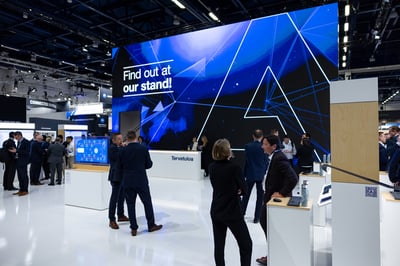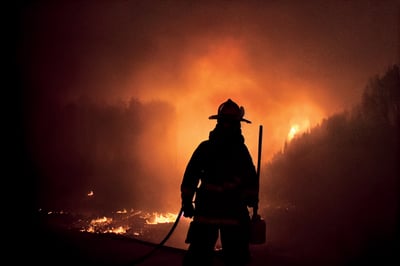With the Covid crisis devastating 2020’s exhibition and business events calendar, causing widespread cancellations, events managers are rethinking their approach and coming up with new ideas. Online now leads the way, but what are the secrets of a successful webinar?
With the mass cancellation of 2020’s exhibitions and customer events, Event Managers like myself have had to think differently and devise new approaches.
After an intense brainstorming session with my marketing team, we decided to transform our planned European tour into a virtual roadshow comprising a series of webinars on the theme of “Experts on critical push-to-talk”. We named the webinar episodes after the five cities we had planned to visit: Berlin, Helsinki, Madrid, Paris and Stockholm.
What did the many experts reveal, you may wonder. Get the answers: all five webinar episodes were recorded and you can access them free on this page.
My role changed from that of a traditional event organizer working mainly behind-the-scenes to a webinar host on stage in the spotlight.

There were many things I didn’t know about webinars a year ago. So as a newcomer to running webinars, I learned much and quickly. I now reveal the top 3+1 secrets of successful webinars.
1 – You will be lost without a script
When planning a webinar, it is essential to have a bulletproof script. Without it, you’re lost, and the conversion will descend into chaos. The experts will all talk at the same time, the discussion will become messy and the audience will lose interest.
The script acts as a moderator and helps the host and speakers to stay focused and respect everyone’s turn. Everybody will be better prepared.

Also, remember the language issue if the webinar is global. Many, or even most of the participants and listeners are probably not native speakers of the language used in the webinar. We ran our webinars in English, and none of our participants was a native English speaker. The script harmonized the terms used during the session and helped the speakers to be more precise and clear for the audience and to maintain the schedule.
Of course, the technical set up of the webinar is critical too, but without a professional script you will lose all viewers after five minutes. It is simple to log-in, but much easier to log-out.
2 – Think it through piece by piece
I was surprised how much teamwork and preparation the webinar series required. It is actually quite similar to organizing a live event. There are many different roles, starting with the planning of the theme and topics to be discussed.
Setting up the studio and the broadcasting facilities, ensuring all necessary equipment is ready, like cameras, green screen, professional photographers. Making sure all resources are available at the right time.
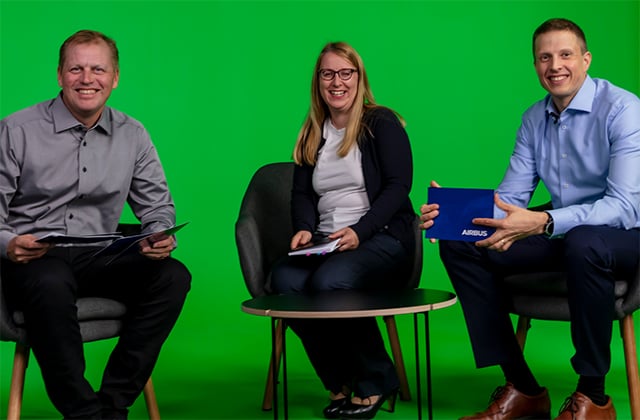
Broadcasting a good quality webinar requires a top professional team and equipment. Clear audio is one key. Good, attractive visuals are another. And not to mention all the pre-show planning and work to prepare interesting content.
All these elements help to ensure the audience can have a positive and memorable experience.
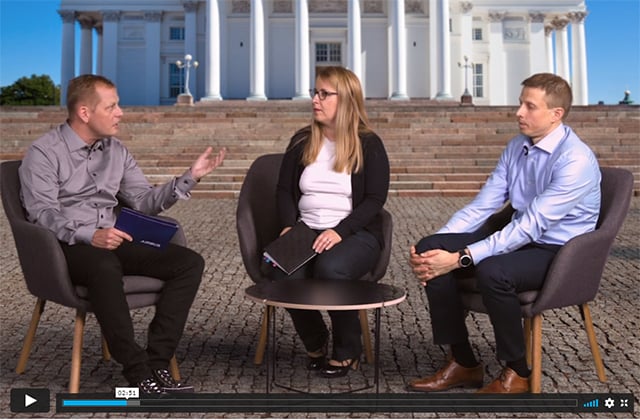
3 – Promote, promote and promote the webinar
A webinar is worthless if there is no audience. Webinars allow you to share information when you can’t meet people face-to-face. People are curious to know what’s going on now and what the future holds. Webinars provide the insights people are hungry for.
Having planned and prepared your webinar, you need to promote it externally well in advance using multiple channels. First, inform people that the webinar is coming, then remind them and send the link to join.
Yet running the live webinar with hundreds of people in the online audience is not the end of the promotional effort.
Recording the webinars and making them available on demand is vital to win even more viewings from those people unable to join it live and from those who want to see parts again. And all at a time that suits each individual.
The chat during and after the show is also an important way to communicate with the audience. Good questions from the audience generate interesting answers from the experts.
I was surprised and pleased to see a very high level of audience interaction and the many thank you messages we received after the webinars.
Bonus secret: My personal experience
Following a major promotional campaign, we started broadcasting on 20th October. It was one of those memorable moments.
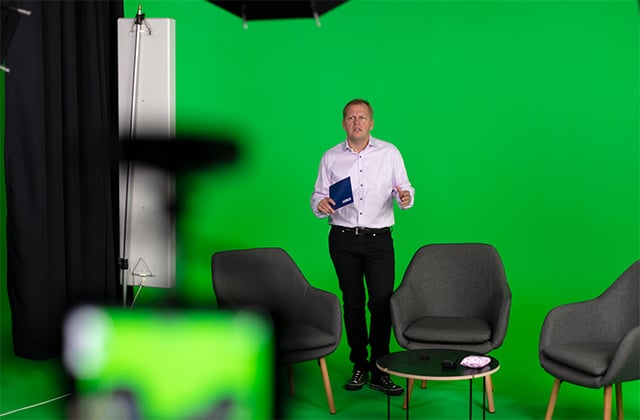
More than 430 people registered for the first webinar, but we didn’t know how many would actually join the broadcast. Nor did we know how many would stay online to watch.
The feeling was very similar to the excitement I feel five minutes before a physical exhibition begins and the expo hall doors open to let visitors come to our stand.
As the webinar start time drew closer by the minute, it was especially satisfying to see more and more people coming on line. Immediately, the chat came alive with text messages. The feeling was so amazing that half a year’s worth of planning and several months’ work came alive. The success reflected the tremendous effort put in by the whole Airbus team.
And if you missed watching our five webinars live, they were all, of course, recorded and are now online ready to watch on demand. Click on the image to access all webinar episodes.
I think these webinars provide many fascinating insights that are well worth discovering!




